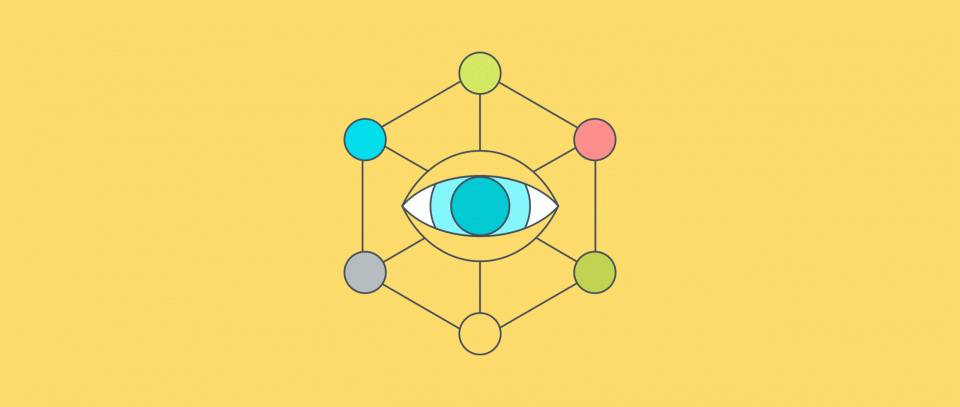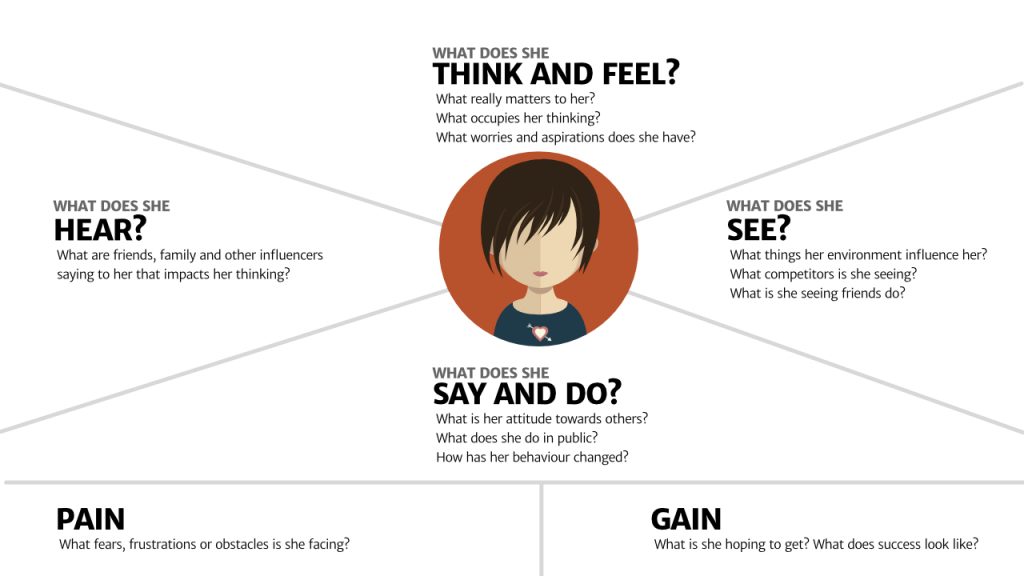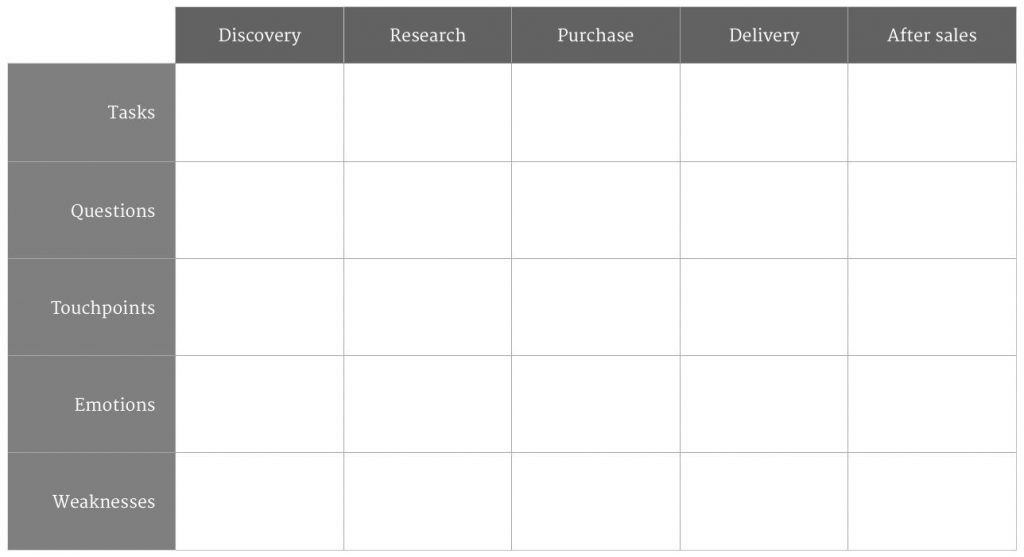Are You Considering Your Clients' Experience?
As user experience designers, we are hypocrites. We lecture our clients about the need to consider the experience of their users, yet we fail to apply the same standards to our own business.
Be honest with yourself. When was the last time you did any research on your clients? What about taking time to understand their needs or consider their journey? Chances are you never have and you are not alone in that. Look: I am writing an article on this subject, and I have only recently started work on this myself. Somehow, considering their needs never reaches the top of the priority list.
The crux of this problem is that many of us see our job as building websites or apps, and don’t see ourselves as providing a service. A common viewpoint: Our job is to provide a great experience for those using the end product, not the client who hires us. That is rubbish! We offer a service to our clients, as much as a final deliverable, and we need to start considering their experience.
The good news is we already have the skills and tools to do the job. Tools like empathy mapping.
An empathy map is a great tool for better understanding our clients.
Create an empathy map of your clients experience.
It is time we all sat down and created an empathy map for our clients (I will confess that I did this particular one for this post and it turned out to be amazingly useful). Here is just some of what I learned.
Focus on the client’s pain points and problems.
The first lesson learned is the importance of focusing on the client’s pain points, rather than just the deliverable. Although the client comes to you asking you to build a website or mobile app, there is often a deeper issue. The company may be suffering from falling sales or the client may be under pressure from management.
If you understand these underlying issues, it is easier to provide a more useful experience. You can solve their problems rather than just deliver a website.
Understand the client’s goal.
But we cannot understand just the problem. We also need to understand what success looks like to the client. An empathy map helps us draw out what the client’s end goal is. You can build an app that fulfils the brief, and provides a great feature set but it may not address the underlying need the client has and so they go away unhappy.
The client’s feelings matter.
An empathy map also forces us to consider how the client feels during the process. Because we have been working in digital for years it all feels natural. But to a client a digital project can be intimidating. There will be real consequences for them if the project fails. If we understand factors such as these, we will be much more prepared. Prepared for moments such as when the client starts micromanaging or fretting about the project.
We must address users questions.
Not only will the client have relevant feelings about the project, they will also have many questions. Because of their unfamiliarity with digital design, answering these questions will reassure them.
It is easy to think the client only hires us to build a website or mobile app. In truth, we are also hired to guide the client through the process of creation. That means addressing their questions and concerns along the way.
Understand who influences them.
An empathy map has long included a section on the people and things that influence our user. Nowhere is this more appropriate than with our clients. Our point of contact may have the authority to sign off the project. But people rarely make decisions in isolation. They will ask their colleagues and even friends and acquaintances. They will also want their managers approval. If we are not aware of who these people are they can derail a project.
Although an empathy map gives us a better understanding of our clients, we should also consider the journey that they go on. Fortunately, we have a tool for that in customer journey mapping.
We don’t need to spend time making our customer journey map pretty. We just need to understand the journey of our clients.
The benefits of customer journey mapping.
An empathy map helps us better understand our clients butt a customer journey map helps us understand our own processes.
Identify the key touch points.
For example, to create a customer journey map, we need to identify every touch point the client encounters. From recognising their need to discovering our company. Then hiring us to passing through our project process. There are many steps involved in contracting and working with a digital agency, more than you may anticipate.
As we identify each of those touch points two things happen. First, we begin to build up a better understanding of the user’s experience at those touch points. We understand the specific questions they have, the emotion they experience at that stage in the project ,and the tasks that they will have to complete.
Second, we will also start to identify weaknesses in our touch points. Places where we could improve the experience and remove the friction. Places where we could move from offering an adequate service to something delightful.
For example, after the client signs off the design, we often move into a production phase. In this period of time, our level of interaction with the client drops off as we focus on building. Customer journey mapping helps us realise that this period of silence can be worrying for a client. It makes us realise that something like a weekly report may be a good idea even if only to tell the client that things are on track.
In fact, there are many opportunities for us to improve the experience. Opportunities from the moment a client first hears about us, until the post project debrief and beyond. The question is, will we find the time to pay the same attention to our clients as we do the end-user?
The benefits of focusing on client experience
This is an investment worth making. A better client experience improves customer loyalty and repeat business. It also leads to more customer recommendations. All these benefits additionally lower the cost of sale. A happier client will lead to more straightforward and profitable projects – making a focus on your client experience truly a smart business decision.







